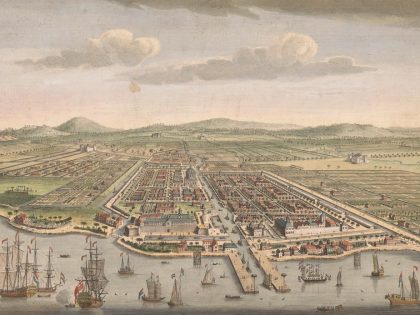
Sven Beckert’s Chronicle of Capitalism’s Long Rise
Capitalism is a global economic system, so a proper chronicle of its rise to dominance has to examine the entire world, as historian Sven Beckert does in his massive new book, Capitalism: A Global History.


















